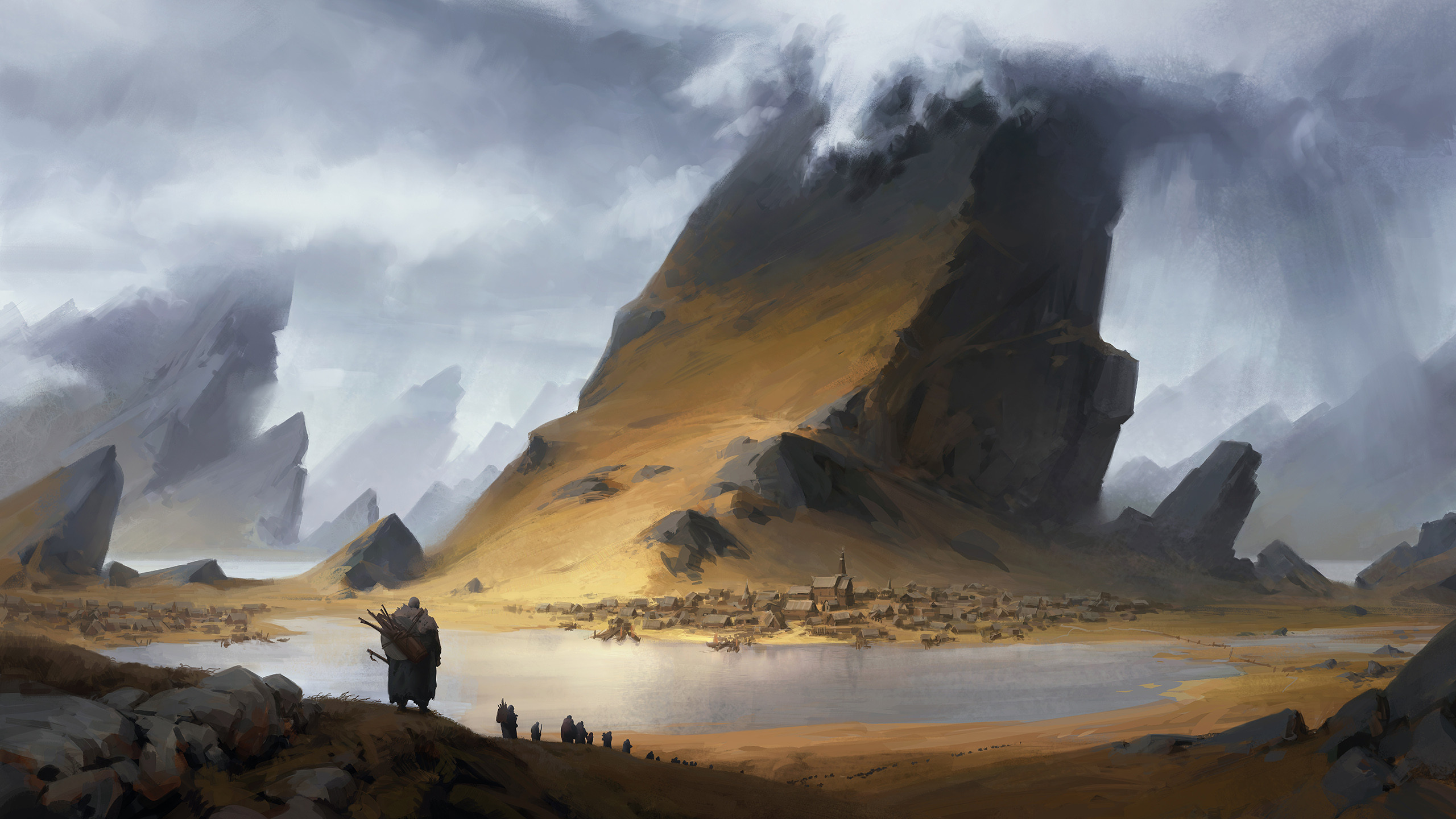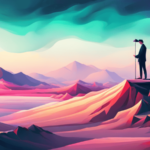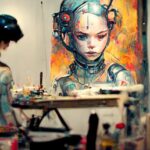Art in the digital environment refers to the creation, exhibition, and consumption of art using digital technologies. This encompasses a wide range of artistic practices, including digital painting, 3D modeling, virtual reality installations, interactive art, and web-based art.
The digital environment offers artists new tools, techniques, and platforms to express their creativity. With the advent of digital devices and software, artists can create intricate and complex artworks that were not possible with traditional mediums. They can use digital brushes, layers, and editing tools to experiment with colors, textures, and compositions. Digital art also allows for easy replication and distribution, as artworks can be saved, printed, and shared online.
In addition to creating art, the digital environment has also transformed how art is exhibited and consumed. Online platforms, such as websites, social media, and virtual galleries, provide artists with a global reach and an opportunity to connect with a wider audience. Digital exhibitions and art websites allow viewers to explore artworks from the comfort of their homes, without the limitations of physical space and time.
The digital environment has also given rise to new forms of interactive art. Artists can create immersive experiences by incorporating technologies like virtual reality, augmented reality, and motion sensors into their works. Viewers can actively engage with the artwork, becoming part of the narrative and influencing the outcome of the piece.
However, the digital environment also presents challenges for artists. The ease of replication and distribution can lead to issues of copyright infringement and attribution. Artists may also face difficulties in monetizing their digital artworks, as they can be easily copied or shared for free. Balancing the accessibility and protection of digital art is an ongoing concern in the digital art world.
Overall, art in the digital environment is a dynamic and evolving field that continues to push the boundaries of creativity, technology, and expression. It offers artists new possibilities for creation, exhibition, and audience engagement, while also raising important conversations about the impact of technology on art.




Leave a Reply